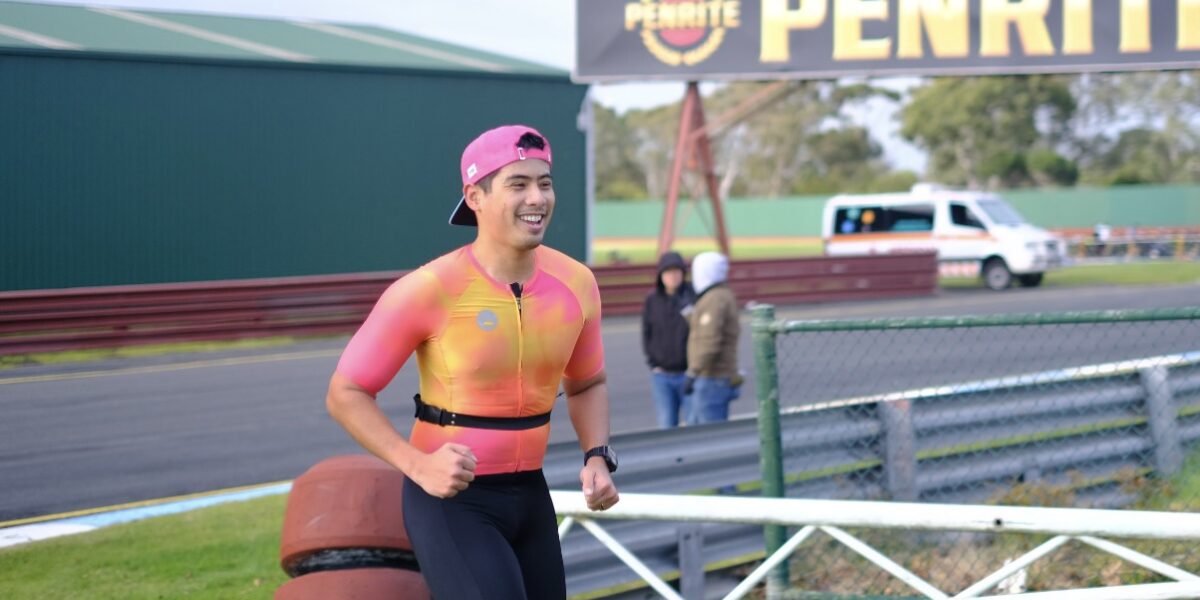Brick sessions are a valuable component of triathlon training that involve combining two disciplines back-to-back, typically cycling followed by running. The name “brick” originates from the sensation of having heavy legs as you transition from cycling to running, which can feel like running with bricks in your legs. Incorporating brick sessions into your triathlon training regimen offers several benefits:
Transition Adaptation
Triathlons involve transitioning between different disciplines, and brick sessions help your body adapt to these transitions. The experience of moving from swimming to cycling and cycling to running helps your muscles and nervous system adjust to the change in movement patterns and muscle recruitment.
Muscle Memory and Efficiency
Brick sessions allow you to practice the specific running form and technique required after cycling. This helps your body develop muscle memory for the transition, leading to improved running efficiency during the actual race.
Mental Preparation
Brick sessions not only train your body but also help you mentally prepare for the transition. The mental challenge of switching from one activity to another helps you develop focus, concentration, and resilience, which are crucial in a triathlon race.
Cardiovascular Conditioning
Engaging in both cycling and running during a brick session challenges your cardiovascular system to adjust rapidly between different intensities. This can lead to improved overall cardiovascular conditioning, helping you sustain higher levels of effort throughout the race.
Strength and Endurance
The combination of cycling and running in a brick session can enhance your muscular endurance and strength. The session provides a unique training stimulus that can help you build greater resilience in both disciplines.
Race Simulation
Brick sessions offer a chance to simulate race conditions, helping you identify any potential issues that might arise during transitions. This includes testing your gear setup, nutrition strategy, and pacing for different legs of the race.
Time Efficiency
Incorporating two disciplines in one session can be time-efficient, especially for those with busy schedules. This allows you to accumulate both cycling and running training adaptations in a single workout.
Fatigue Management
Learning to manage and perform well despite the initial leg fatigue is crucial in a triathlon. Brick sessions teach you how to push through the discomfort and find your rhythm quickly, which can be extremely beneficial during the race.
Confidence Building
Successfully completing brick sessions boosts your confidence in your ability to transition smoothly from one discipline to another. This confidence can positively impact your race-day performance.
When incorporating brick sessions into your training plan, it’s important to consider your fitness level, the distance of your triathlon, and the frequency of your training. Start with shorter sessions and gradually increase the duration and intensity as your body adapts. Remember to prioritise proper warm-ups, adequate hydration, and nutrition strategies during and after brick sessions to optimise your training and recovery. If you need help in developing a plan on when and how to incorporate brick sessions into your training program, contact Coach Steve Davis and organise a quick chat. Coach Steve is Triathlon Australia Coach of the Year and Head Coach of the Davey Black Triathlon club Melbourne. His team of athletes are put through brick sessions on a regular basis and if you would like to join them you can find more info on the Davey Black website.

